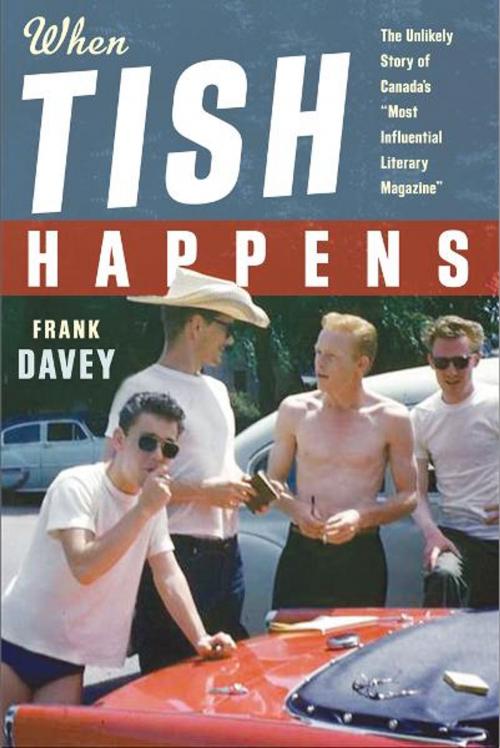| Author: | Frank Davey | ISBN: | 9781554909445 |
| Publisher: | ECW Press | Publication: | April 1, 2011 |
| Imprint: | Language: | English |
| Author: | Frank Davey |
| ISBN: | 9781554909445 |
| Publisher: | ECW Press |
| Publication: | April 1, 2011 |
| Imprint: | |
| Language: | English |
In the early 1960s, a group of students at UBC started a magazine called Tish. The name was purposefully an anagram of shit, in order to demonstrate their youthful and iconoclastic attitude. In many ways, Tish, and its editors, became the clear break from older Canadian poets and styles. At the heart of the magazine, and the “movement,” was Frank Davey. And it is Davey who has written this definitive history.
Davey has organized the material as a memoir, starting from his own early days in Abbotsford, B.C., and gradually introducing the other poets, including George Bowering, Daphne Marlatt, and Fred Wah, despite the fact that Davey doesnt meet them until they all arrive at UBC. Much of the theory of the Tish poets derives from the Black Mountain poets, an American movement that incorporated the writings of Charles Olson, Robert Creeley, and Robert Duncan — who suggested the name itself. The Black Mountain poets believed that writing should be locally based and should grow out of the authors own breathing patterns. The more specific to a locale, the better.
The poets are introduced as characters in a play, and when Fred Wah says, “Lets start a magazine,” things happen. The first 19 issues became the calling card for a new type of poetry, but inevitably the writers began to go their own way. It is Daveys commitment that holds the group together, despite their geographical separation.
The Tish movement provided the impetus to create a new, more contemporary Canadian poetry. And here, Frank Davey reveals how it started, grew, and became a lasting force.
In the early 1960s, a group of students at UBC started a magazine called Tish. The name was purposefully an anagram of shit, in order to demonstrate their youthful and iconoclastic attitude. In many ways, Tish, and its editors, became the clear break from older Canadian poets and styles. At the heart of the magazine, and the “movement,” was Frank Davey. And it is Davey who has written this definitive history.
Davey has organized the material as a memoir, starting from his own early days in Abbotsford, B.C., and gradually introducing the other poets, including George Bowering, Daphne Marlatt, and Fred Wah, despite the fact that Davey doesnt meet them until they all arrive at UBC. Much of the theory of the Tish poets derives from the Black Mountain poets, an American movement that incorporated the writings of Charles Olson, Robert Creeley, and Robert Duncan — who suggested the name itself. The Black Mountain poets believed that writing should be locally based and should grow out of the authors own breathing patterns. The more specific to a locale, the better.
The poets are introduced as characters in a play, and when Fred Wah says, “Lets start a magazine,” things happen. The first 19 issues became the calling card for a new type of poetry, but inevitably the writers began to go their own way. It is Daveys commitment that holds the group together, despite their geographical separation.
The Tish movement provided the impetus to create a new, more contemporary Canadian poetry. And here, Frank Davey reveals how it started, grew, and became a lasting force.















